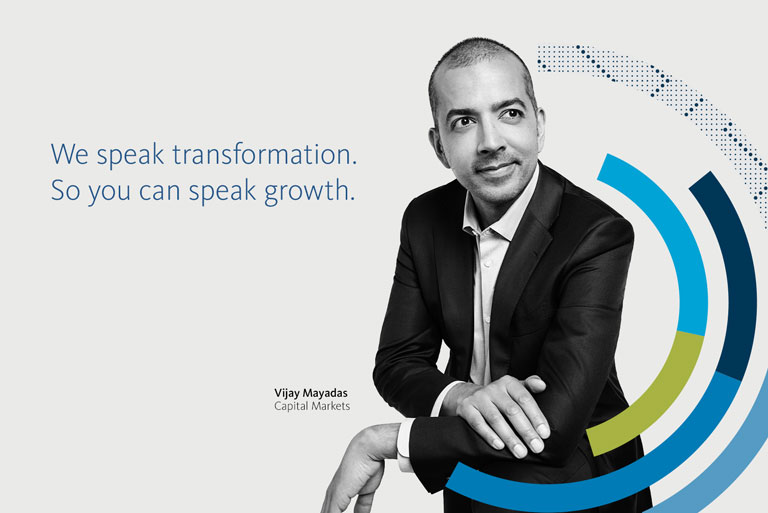Market volatility
Recent market volatility caused by the COVID-19 outbreak resulted in an unprecedented surge in trading volumes. Broadridge Business Process Outsourcing (BPO) saw settlement volumes increase by more than 2.5x typical volumes when markets started to become stressed. In addition to sustained highs in trading volume, daily margin exceptions were at unremitting 4.5x peak volumes from March through May 2020.
This increase in trading and margining volumes created a corresponding increase in reconciliations and exceptions for financial institutions. For example, Broadridge BPO saw exception processing in domestic and foreign settlements increase by over 150% in March and April. Additionally, as expected, firms were closely monitoring debit caps and collateral levels during the volatile trading period. Broadridge BPO, which monitors funding levels for clients, witnessed a 250% increase in funding alerts from March through May.
Exceptions processing has a huge impact on workload for financial firms. Exceptions create backlog, and as backlogs start to increase, the industry faces operational strain.
However, the industry is in a better place now to respond to these challenges than it was during spikes in volumes in the wake of the 2008 credit crisis. Wider adoption of digital labour technology, such as RPA and AI, has been one of the key components in this increased resiliency.
The rise of automation and digital labour
In recent years, the use of digital labour has increased significantly, with the RPA market growing over 60% in 2018 according to Gartner. Financial institutions have been able to deploy AI and automation technology across multiple use cases to drive business value. Post-trade operations, with its high degree of manual processing, has been a key area of focus for deploying emerging technologies. For example, AI and machine learning-driven solutions in areas such as reconciliations can drastically boost match rate performance and reduce the manual effort involved in dealing with breaks, while RPA solutions add tremendous value in settlements, asset servicing, and account services, among others.
Benefits of digital labour
When implemented properly, automation and digital labour can offer a range of operational benefits for financial firms during market turbulence, including the ability to:
- Manage peaks and troughs in volume;
- Ease process bottlenecks; and
- Process while human labour is unavailable.
It also has the potential to help firms adapt to the impact of the current COVID-19 outbreak, as well as future pandemics and events that cause firms to enact their business continuity plan. A digital workforce is not susceptible to a pandemic and can ease the strain and reliance on human labour during unprecedented times.
Bots are therefore an essential tool in backlog clean-up, whether that is for settlements, corporate action breaks, know your customer (KYC) due diligence, or static data, to name a few. Thus far, our industry analysis indicates that digital labour has processed effectively during recent market volatility, efficiently managing excess volumes and mitigating operational and systemic risk.
Governance of digital labour
While a digital workforce can provide major benefits, it is critical that digital labour is governed and managed appropriately, or it may result in new risks. These risks include operational risk, cyber risk, regulatory risk and systemic risk. This is particularly the case when trading volumes are high during stress scenarios.
Firms therefore need to be able to:
- Quickly gain a clear, updated inventory/audit of digital labour when required;
- Demonstrate to regulators that an adequate risk and control framework is established and working effectively;
- Assess the general health of digital labour and manage exceptions with both attended and unattended bots; and
- Know which bots to halt, when to do so, and what the impact on upstream and downstream operational processes will be in the event they are stopped.
Having appropriate technology solutions in place for monitoring digital labour provides significant benefits to human supervisors, especially during extended periods of market volatility and remote working. These monitoring solutions can generate alerts when critical exceptions occur and enable the ability to drill into exceptions to understand their impact, ultimately aiding in a timely escalation and resolution.
Digital labour monitoring tools can also offer digital workforce performance metrics, including success rates, processing times, trend analysis, and business case metrics, such as programme return on investment (ROI). In the current market volatility, this type of monitoring is even more vital as the potential for exceptions increases in line with trading volumes.
Future trends in digital labour
The COVID-19 outbreak has highlighted the value of digital labour during a period of extreme market volatility and disruption. As the new normal takes shape, firms should continue thinking about how a digital workforce can help them to both improve operational resilience and to adapt to an operating environment that could look significantly different from the past.
Digital labour is also growing in complexity as RPA is increasingly combined with AI and machine learning techniques to provide a deeper level of business value. These trends mean that having a clear strategy in place around how the firm uses digital labour, while also deploying the latest tools for effective governance of a digital workforce, has never been more important.





